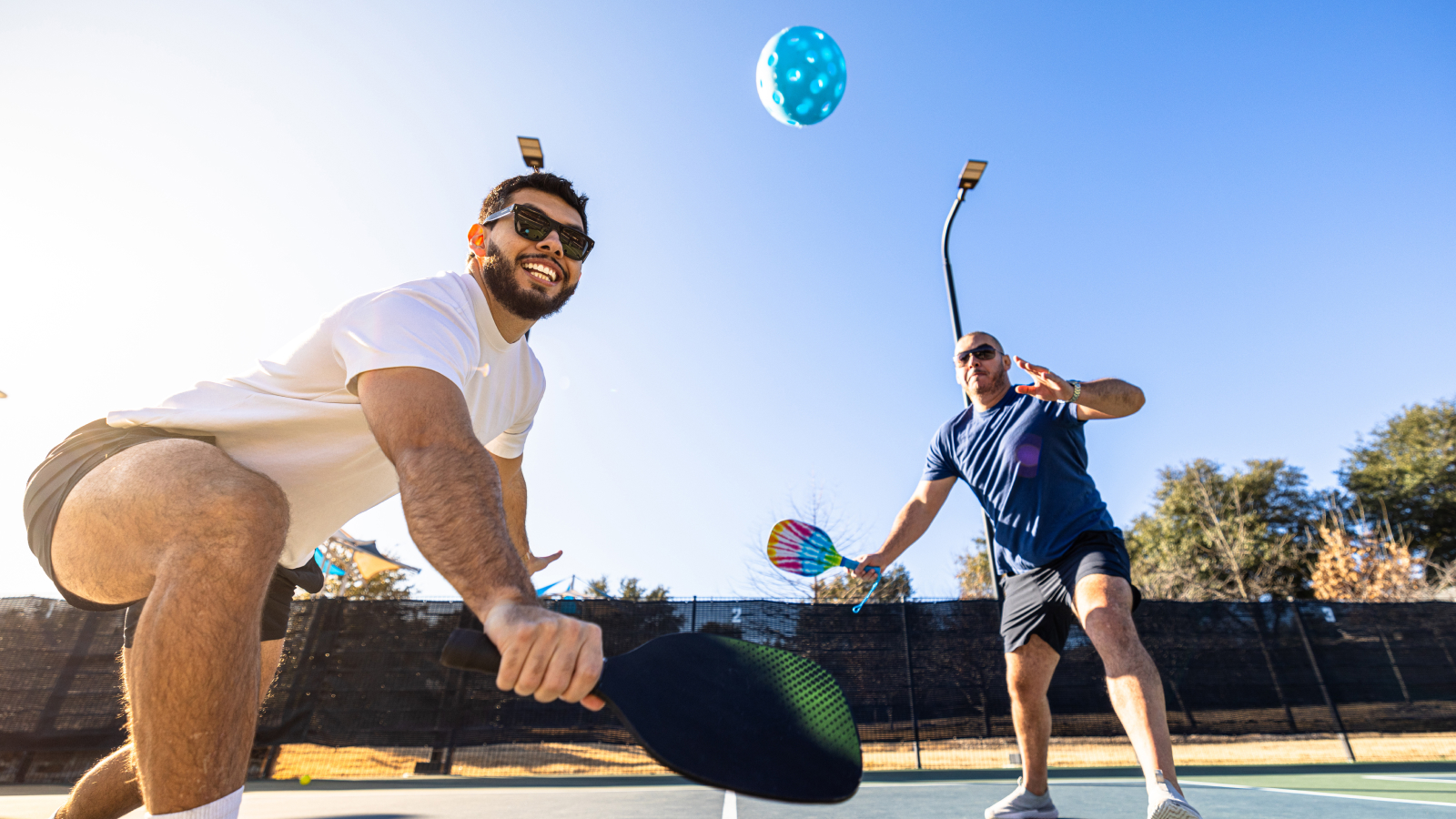Black eyes, orbital fractures and retinal detachment: Pickleball-related eye injuries are on the rise in the US
A new analysis suggests the rate of pickleball-related eye injuries has increased dramatically in the U.S. as the sport gains popularity.

Eye injuries related to pickleball have increased at an "alarming rate" as the sport's popularity has exploded in the United States, a new study finds.
More and more people in the U.S. are taking up pickleball as a leisure activity, with recent estimates suggesting that 19.8 million people participated in the sport in 2024, up about 45% from 2023 and 311% from 2020.
Now, in a study published Thursday (Oct. 16) in the journal JAMA Ophthalmology, three eye doctors found that this uptick in people playing the paddle sport has triggered a rise in related eye injuries.
For this study, they turned to the National Electronic Injury Surveillance System (NEISS), a government-funded database that documents consumer product-related injuries. NEISS primarily gathers its data from samplings of about 100 hospitals with emergency departments (EDs), which are selected as a representative snapshot of the more than 5,000 U.S. hospitals with EDs.
The team focused on data gathered between the start of 2005 and the end of 2024. The search turned up a total of 2,472 pickleball-related injuries to any part of the body, including 73 eye injuries. Those numbers suggest that there were about 137,470 total injuries and 3,110 eye injuries nationwide across that timeframe.
Notably, no pickleball-related eye injuries were reported prior to 2014, and 88% of the eye injuries reported took place between 2022 and 2024. The results suggest the rate of eye injuries increased by about 405 cases per year from 2021 to 2024, the authors calculated.
About 70% of all the eye injuries were reported in players ages 50 years or older, which may hint that older age groups are more vulnerable to these types of injuries due to changes in muscle mass, bone density or balance, the researchers speculated.
Get the world’s most fascinating discoveries delivered straight to your inbox.
In cases where the cause of injury was known, the most common mechanism was getting hit with the ball, followed by falling or getting hit with a paddle. Periocular lacerations — cuts to the area immediately around the eyeball — made up the highest proportion of reported injuries. Other minor injuries included scratches to the cornea, the clear window at the front of the eye; inflammation to the iris, the colored part of the eye; and periocular contusions, better known as black eyes.
More serious injuries that could threaten a person's eyesight included hyphema, where blood pools in front of the eye; orbital fracture; retinal detachment; and globe trauma, in which the wall of the eyeball is ruptured, typically by blunt force.
The study authors noted that recent surveys suggest the uptick in pickleball participation is being driven by an "influx of casual players," as opposed to "core players" who play more than eight times a year.
"Although the increase in ocular injuries may simply reflect the increasing number of players, it is also possible that casual players are more susceptible to injury due to limited experience, unfamiliarity with the game, or lower level of physical fitness," the researchers suggested. But more data are needed to confirm that suspicion, they said in their report.
Notably, because the NEISS data are pulled from just a sample of EDs, they may not be completely representative of the nation as a whole, the authors added. The study also didn't capture patients who may have sought care at outpatient clinics, rather than the ED. But nonetheless, the data point to a potentially "alarming" trend, the researchers concluded.
"Currently, no official guidelines exist regarding eye protection in pickleball," they added. The American Academy of Ophthalmology recommends that pickleball players wear protective eye gear during games, but this precaution is not mandated or promoted by pickleball organizations, the study authors noted.
"Increasing awareness for age-specific risk factors and establishing standardized recommendations for eye protection may help reduce injury rates and prevent vision loss," they wrote.
This article is for informational purposes only and is not meant to offer medical advice.

Nicoletta Lanese is the health channel editor at Live Science and was previously a news editor and staff writer at the site. She holds a graduate certificate in science communication from UC Santa Cruz and degrees in neuroscience and dance from the University of Florida. Her work has appeared in The Scientist, Science News, the Mercury News, Mongabay and Stanford Medicine Magazine, among other outlets. Based in NYC, she also remains heavily involved in dance and performs in local choreographers' work.
You must confirm your public display name before commenting
Please logout and then login again, you will then be prompted to enter your display name.
